DUAL-CAB utes (and their various iterations) are now Australia’s third most popular vehicle group after small cars and medium SUVs. The Toyota Hilux tussles with Ford’s locally developed Ranger for the title of this nation’s best-seller, and within the next few years, Korea and France will most likely field their own contenders.
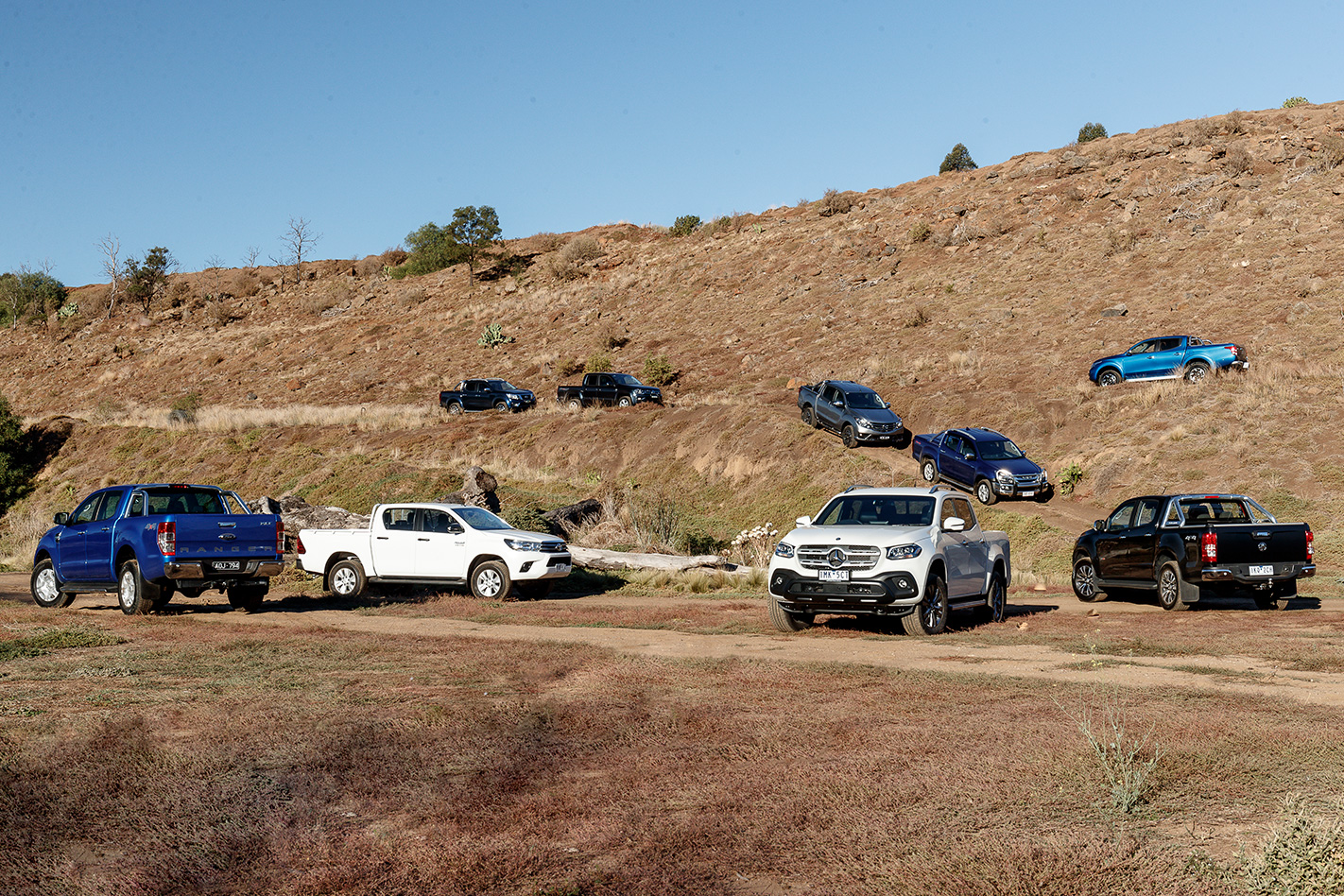
With the Mercedes-Benz X-Class entering the fray and BMW openly contemplating following suit, their relevance, as well as popularity, will continue to soar. But with ‘The Best or Nothing’ three-pointed-star brand blazing an upward trajectory for the genre, has the dual-cab ute actually evolved in terms of dynamics, comfort, refinement and finesse?
We’ve chosen a mid-spec X250d Progressive Dual Cab 4Matic auto (meaning four doors, five seats and 4×4) from $57,800, as well as eight corresponding competitors (mostly) skirting the low-to-mid $50K mark, to see whether the Germans’ re-engineering of the Nissan Navara really has moved the game on.

Sadly, we’re a few months out from the Ranger’s facelift, so we’ve had to make do with an MY18 XLT, but there’s been a host of refreshed or revised rivals since we last certified this crew (May 2016), including Holden’s RG Series II Colorado (essentially a top-to-tail overhaul of the disappointing 2012-era original that finished second-last two years ago), and refinements for the Nissan Navara, Isuzu D-Max, Mazda BT-50, Mitsubishi Triton (the segment’s bronze medallist sales-wise) and Volkswagen Amarok. At the time of writing, the latter was the only dual-cab offering a V6 diesel. Can Wolfsburg repeat its 2016 Megatest victory?
Only the Hilux has remained pretty much unaltered since launching three years ago. A mid-fielder last time, will the Toyota keep up? Frustratingly, the $56,440 Double Cab as requested wasn’t available, so we ended up with a $48,560 SR (not including its optional alloys) – still $560 exxier than the flagship Triton Exceed. No wonder Mitsubishi sells so many of them.
Australians seeking a weekday workhorse-cum-weekend plaything no longer have the luxury of shunning these body-on-frame technological dinosaurs for the far more sophisticated, car-based Holden Commodore and Ford Falcon utes. In the past, from a Wheels point of view at least, no imported utility had a hope in hell of matching our homegrown heroes on bitumen. Now, given the jack-of-all-trades expectations of this vehicle type, they’ll need to do more than just look tough and carry stuff.
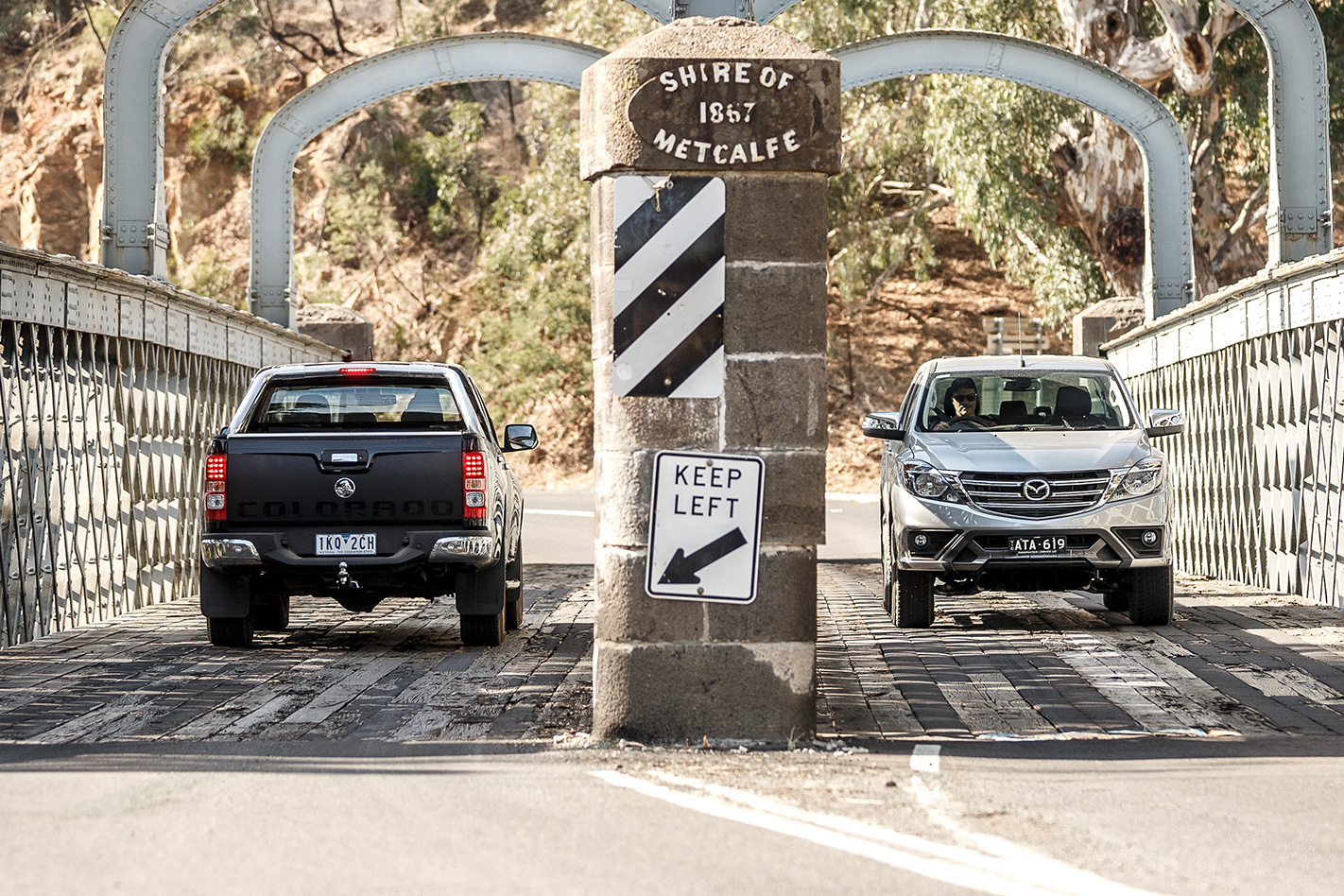
With all this in mind, we’ve put the latest batch of dual-cab 4×4 utes through our Megatest regime, plus load and off-road tests.
Taking the rough with the smooth
As Wheels has done in the past, we paired up with off-road obsessives 4×4 Australia to obtain the definitive opinion on how these dual-cabs handle the rough stuff, as well as substantial payloads – in this case 900kg+, made up of 650kg in the tub, a driver, two passengers and towbars/bullbars where fitted.
The Melbourne 4×4 Training and Proving Ground near Werribee provided the bush-bashing backdrop of every conceivable variation.
Want to know the winner?
Take me to the winning dual-cab ute!
The Contenders
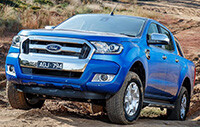 Ford Ranger XLT
Ford Ranger XLT
Continuous improvements make the only truly Australian-conceived ute world class
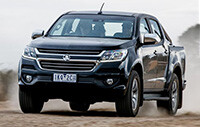 Holden Colorado LTZ
Holden Colorado LTZ
Colorado raises its game right when Holden needs a hero
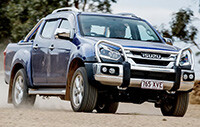 Isuzu D-Max LS-T
Isuzu D-Max LS-T
Rough ’n’ ready appeal pales when polished rivals are better at going bush too
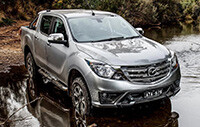 Mazda BT-50 GT
Mazda BT-50 GT
Still in the fight, but ultimately overshadowed by its high-flying fraternal twin
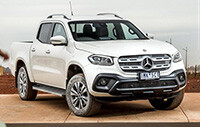 Mercedes-Benz X250d
Mercedes-Benz X250d
Arrives carrying great expectations; delivers only a modest load
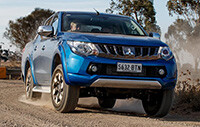 Mitsubishi Triton Exceed
Mitsubishi Triton Exceed
A strong and likeable mid-fielder where consistency and value are king
 Nissan Navara ST-X
Nissan Navara ST-X
Tough and reliable aren’t enough as Navara wilts on price, spec and comfort
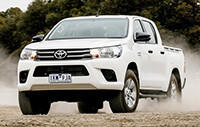 Toyota Hilux SR+
Toyota Hilux SR+
Unbreakable? Possibly. Unloveable? Sadly, yes, as mediocrity is allowed to prevail
 Volkswagen Amarok V6 Sportline
Volkswagen Amarok V6 Sportline
Quiet achiever doesn’t have youth on its side, but still shows how it should be done





